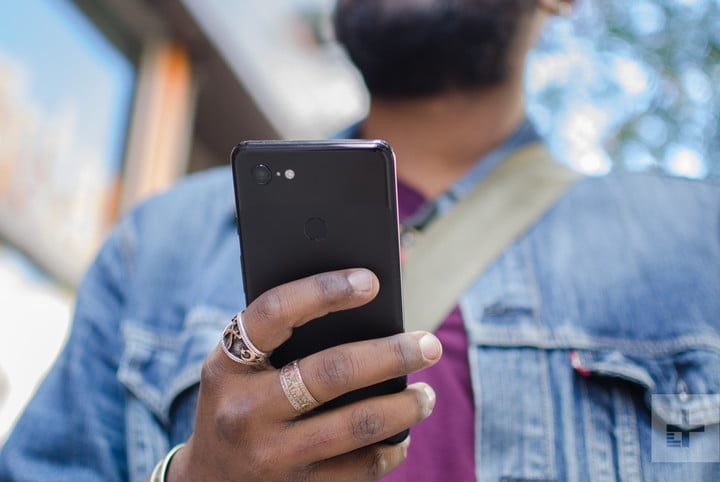Moving into the digital age has, in many ways, made car sales easier. Suddenly, there’s access to a much wider audience, with tools that allow for increasing marketing optimization.
However, with the proliferation of devices, things have become a little trickier. It’s become clear that websites aren’t one-size-fits-all; what works on a desktop doesn’t necessarily translate well onto a smartphone and vice-versa.
With customers switching between devices, you’ll need to ensure that your content is effective across the board. Here are five strategies that will maximize your site’s cross-device shopper satisfaction.
Get Familiar With the Journey 
When it comes to shopping, buyers rarely use one device for the entire process. Instead, they tend to switch between them. Smartphones are usually an initial research tool. Desktops, on the other hand, are often where customers go to seal the deal.
Invest in designs that correspond with which device is used at particular points in a journey, and how. This might mean creating a more desktop-friendly checkout process, alongside a more mobile-friendly home page.
Related: Cars.com Has a New Sales Approach: “Tinder for Cars”
Design for Transition
On that note, make sure that transitioning from one device to another is smooth. The final looks of your sites shouldn’t be so different that users can’t figure out where they left off on their phone when they open up your site on their desktop browser.
Consider Forms of Interaction
Another major point to consider is how people physically interact with different devices. We expect seamless scrolling on our smartphones and simple point-and-click actions on our desktops. We don’t particularly like entering text into website pages on a mobile device but don’t think twice before typing away on a computer.
You might also want to consider how we navigate from backward and forwards–something which is easy to do on a desktop but can become frustrating when done repeatedly on a smartphone.
Recognize these differences when creating sites. Make sure navigation is as natural as possible, allowing for comfortable interactions.
If you choose to focus all your attention on one device as your primary site home, you’ll particularly want to make it match the way users will interact with it. This way, that one site can take shoppers from start to finish without any physical obstacles.
Pay Attention to Scale
Next, when choosing layouts for either device, consider the screen’s real estate. While smartphones have received larger screens over the last few years, there still isn’t much room horizontally. An uncluttered vertical presentation works best on those. Desktops allow for both directions, though care should be taken not to overwhelm users.
It should be noted that, overall, users increasingly prefer cell phone visuals over those on computers. This may be in part to how often they get updated. People tend to replace their phones more frequently than their computers, which means their smartphone usually has better software. So if your site relies heavily on interactive images or other visual media, you might want to invest more in your mobile version.
Test for Barriers
Finally, before launching changes to a site, take a test drive across multiple devices to see how the layout performs. Are menus challenging to find or navigate on your cell phone? Is essential information, like transparent pricing, easily found everywhere?
For maximum cross-device satisfaction, make sure not to only go through one device at a time. Instead, switch between them at different points to truly understand how customers might encounter your site.
Did you enjoy this article from Chana Perton? Read other articles from her here.
Car Biz Today, the official resource of the retail automotive industry.
 Be sure to follow us on Facebook and Twitter to stay up to date or catch-up on all of our podcasts on demand.
Be sure to follow us on Facebook and Twitter to stay up to date or catch-up on all of our podcasts on demand.
While you’re here, don’t forget to subscribe to our email newsletter for all the latest auto industry news from CBT News.
This has been a JBF Business Media production.








